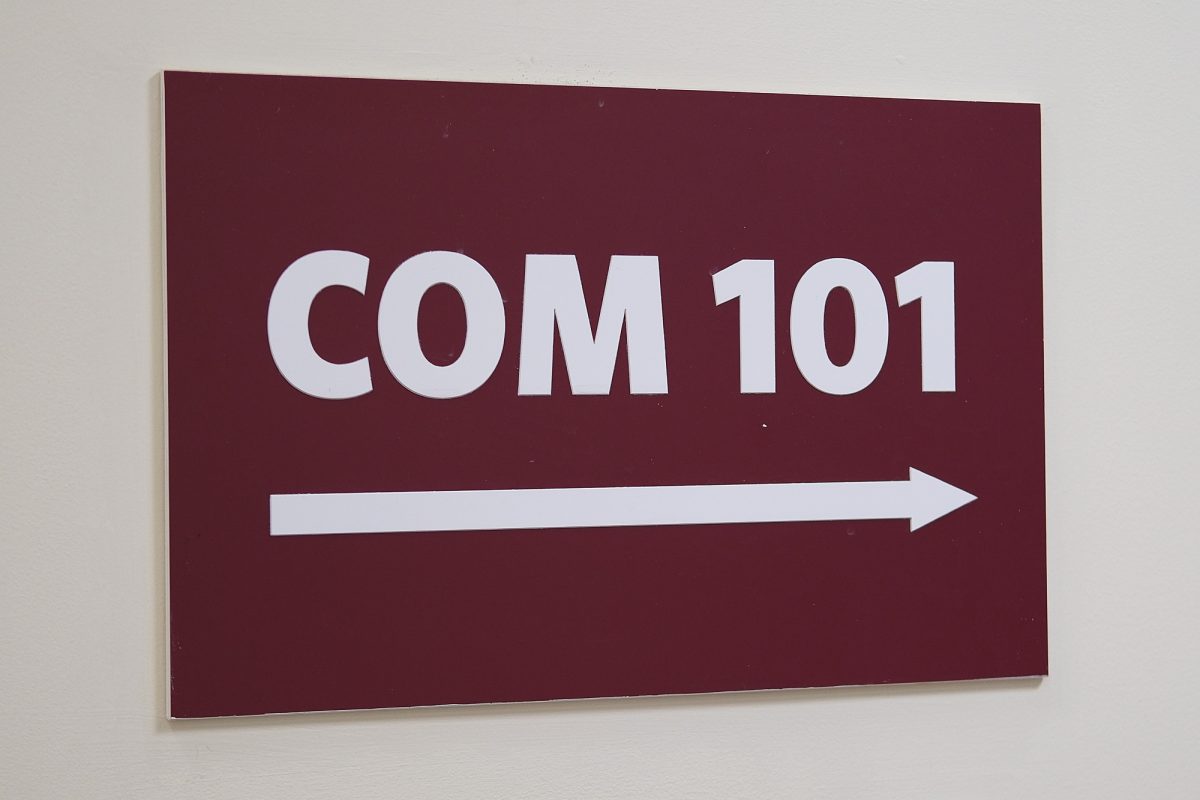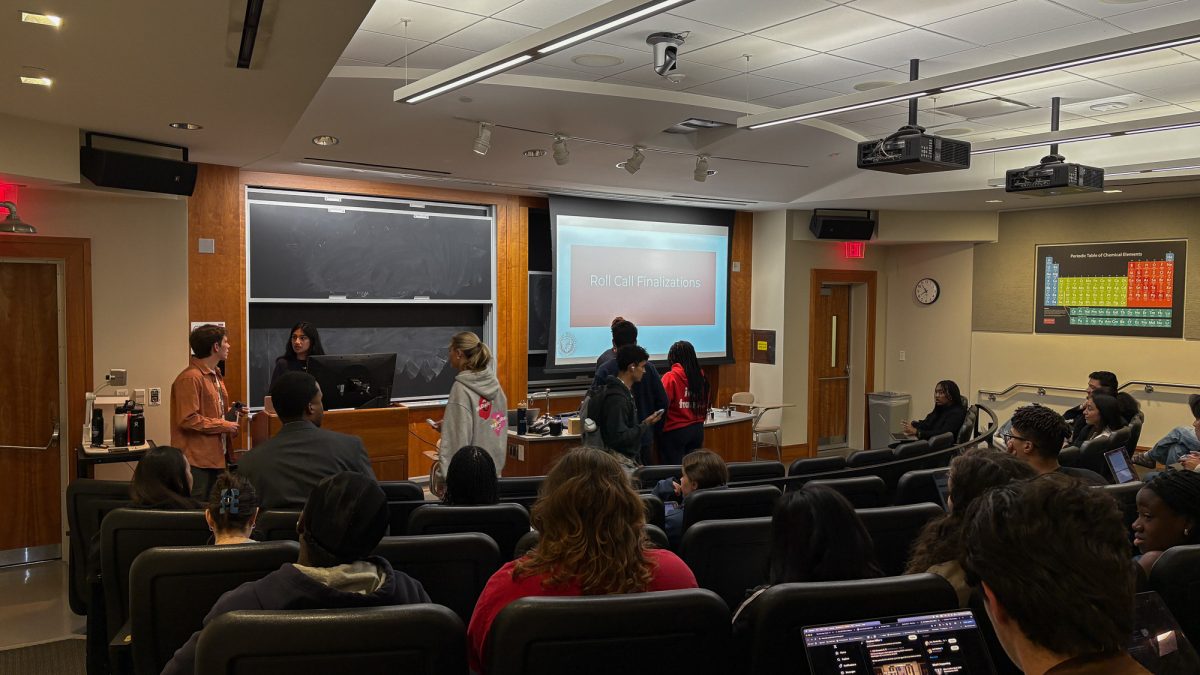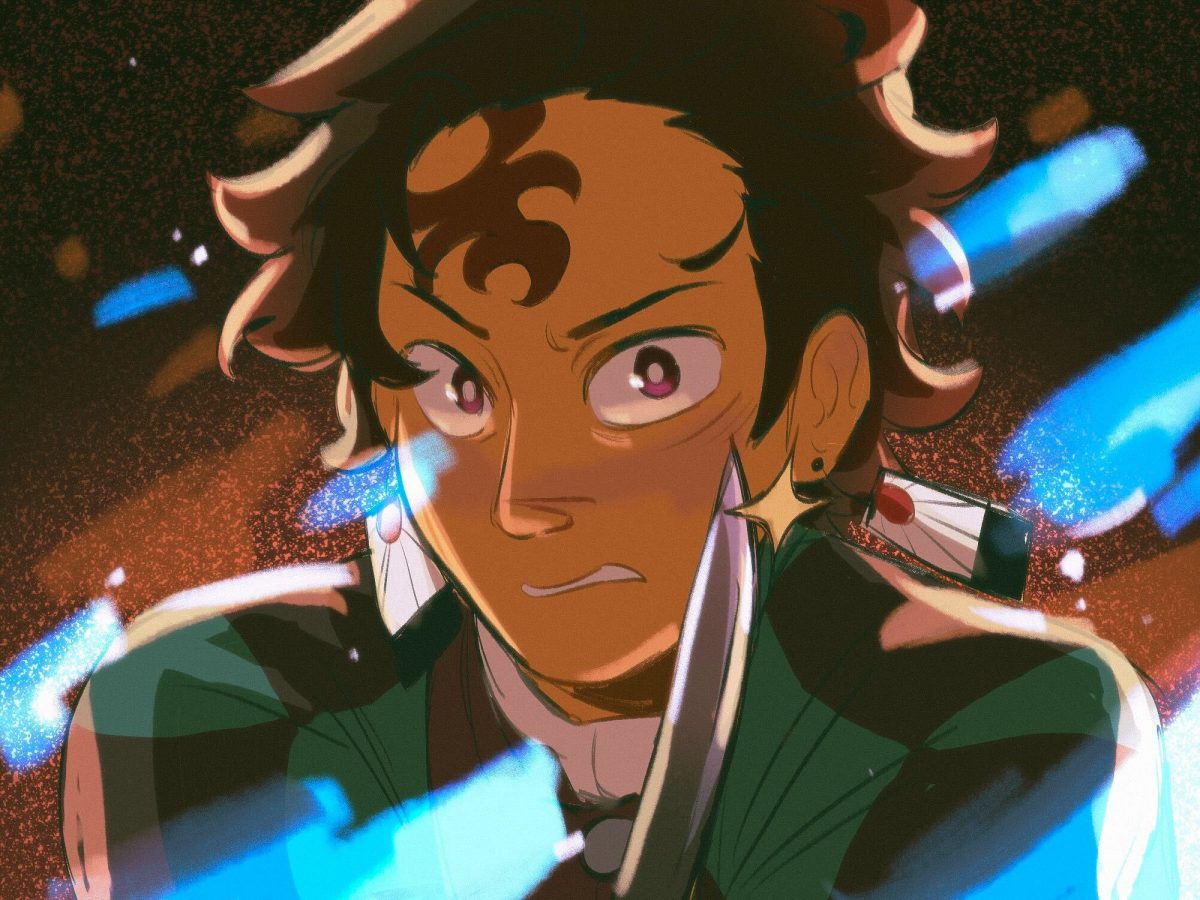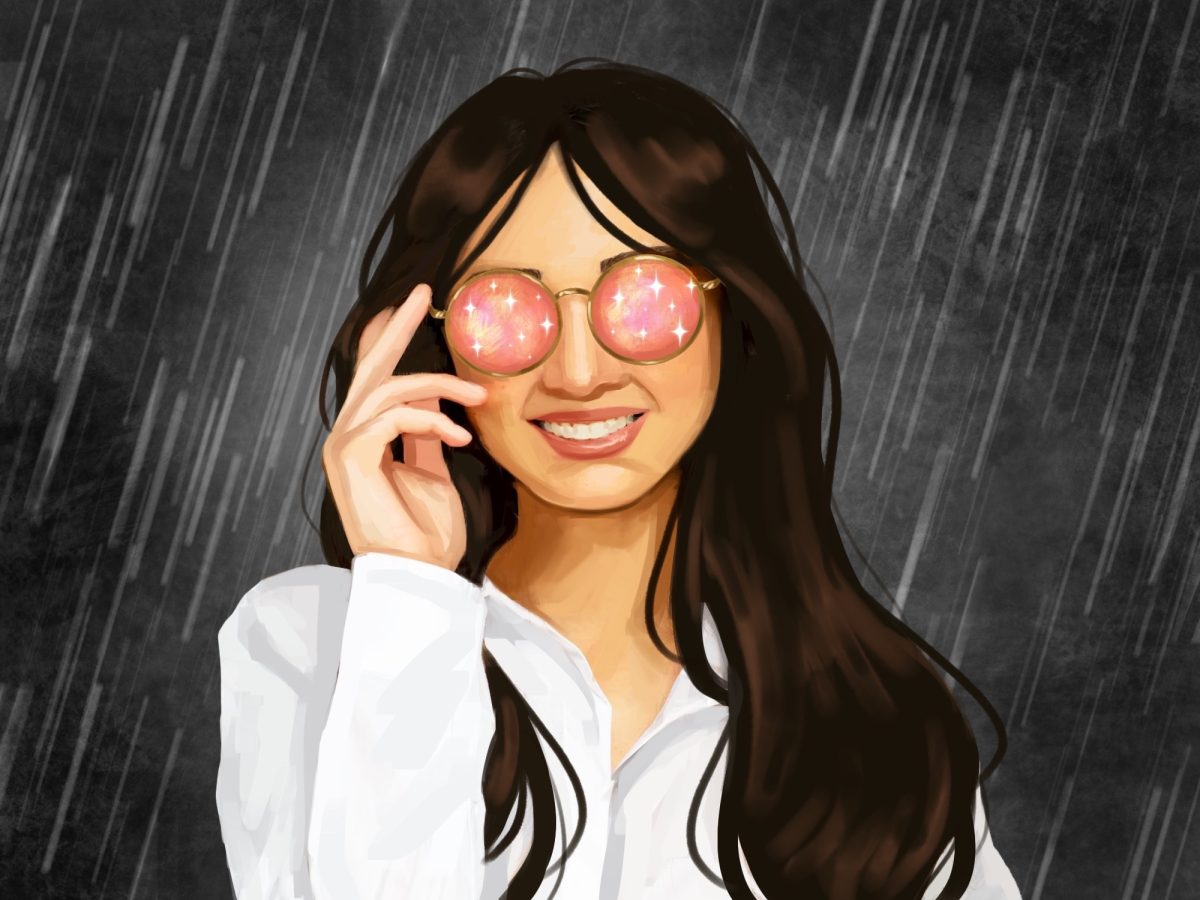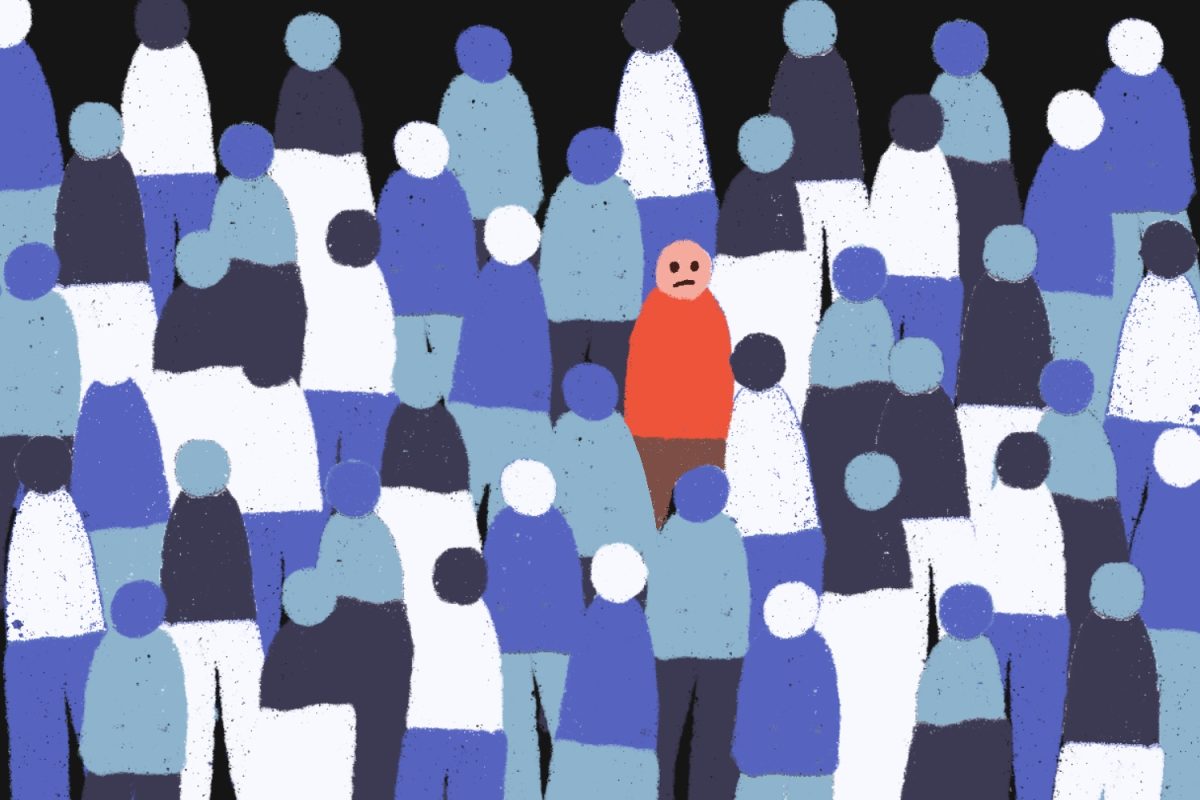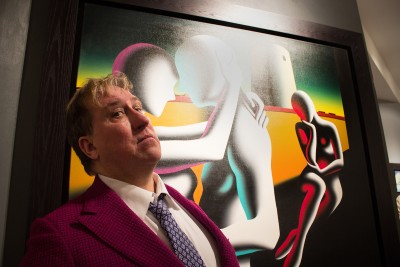
Mark Kostabi, a leading artist known for his faceless figures, geometric abstractions and loud primary colors, hosted an opening reception Friday at Martin Lawrence Galleries on Newbury Street.
As one of the longest-running artists at the gallery, Kostabi is a part of an elite group alongside Keith Haring and Andy Warhol, and he designed the album covers for Guns N’ Roses’ “Use Your Illusion” and the Ramones’ “Adios Amigos.” He has also been successful in product design, creating pieces like a Swatch watch and a Bloomingdales shopping bag. Throughout his time as an artist, Kostabi emerged as a leading figure in New York’s East Village art scene, but he is currently based in Rome.
Some pieces in the exhibit are self-referential, such as a piece about publicity that displays a girl reading about Kostabi in the New York Post’s gossip column. Others illustrate Kostabi’s knowledge of art history, with references to paintings by Piet Mondrian.
According to Donald Wood-Smith, the gallery director, Giorgio de Chirico’s “The Red Tower” is also referenced in several paintings in the show, proving how well versed Kostabi really is.
The opening also shows pieces from other periods of Kostabi’s career, such as black-and-white paintings from the turn of the century. Other paintings feature figures with dunce caps that could also be reinterpreted as wizards’ hats, party hats or antennas.
Kostabi’s paintings capture moments of emotion and wonder. One such scene captures two couples on separate occasions on the staircases of Rome.
“[Kostabi’s] paintings look like they take place in a futuristic Dali landscape,” said Helen Shu, a freshman art history major at Vassar College. “The colors emphasize the cyber surrealism, mixing in a sense of our contemporary space. The narration is mysterious.”
Wood-Smith introduced what he called his favorite piece, “Pick Me Next,” as one that achieves “extraordinary subtle gradation” and “has a lot of references to de Chirico and futurism” in a vacant landscape.
Kostabi adopts the “strange perspectives … elongated shadows … the use of shadow that doesn’t correspond to a specific light source … [and] barren landscapes” from the surrealists to his canvases and populates them with faceless figures, he said.
At one point, Kostabi interrupted the audience to announce that he would like to rename “Pick Me Next” with the help of attendees.
“The reason is I love this painting … but the title is not that good,” Kostabi said. “It’s too much like a caption … So before I came to the art opening, I came up with these eight other options.”
“Pick Me Next” was renamed “Embraced by Desire” by majority vote to create a participatory environment for his visitors and buyers. This participation mirrors what he does on the weekly cable television show, “The Kostabi Show,” where art critics and celebrities compete to title his paintings for cash rewards.
The story of the conception of Kostabi’s signature faceless figures is captivating.
“[I] want to have a universal language,” Kostabi said. “I don’t want to paint white people or black people or Asian people or Italian … It’s all humans.”
The figure evolved from simple calligraphic abstract drawings resembling stick figures he made on receipt tape while studying art at California State University Fullerton in the ‘70s and ‘80s “without knowing anything about Keith Haring … who was doing something similar in New York at the time,” Kostabi said.
Kostabi said he liked the idea of “art as a dialogue,” and his friends and family encouraged him to keep creating these figures. After his stick figure sketches were rejected from New York galleries in 1982, he fell back on his knowledge of academic, realist oil paintings and began painting his figures “as if they were sculptures with lighting.”
Kostabi said he “learned in art school that there is really no future” in painting “realistic,” and he followed the key lesson that he learned — “Be original.”






